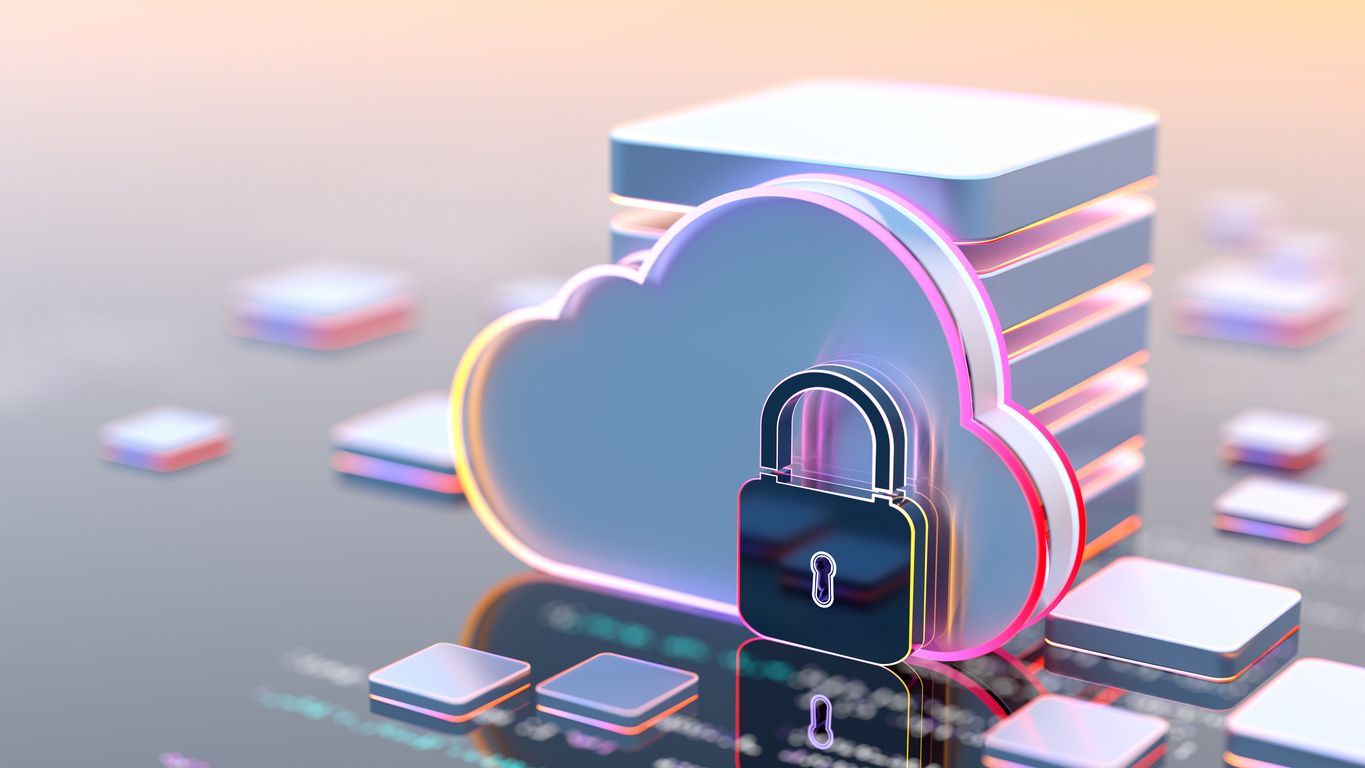In today’s interconnected world, nearly every facet of business—particularly employee scheduling—relies on digital platforms. Whether you’re a small coffee shop organizing weekend shifts or a growing retail chain tracking hundreds of employees’ hours, managing schedules has become significantly more efficient through specialized employee scheduling software. But with these digital conveniences comes an equally critical responsibility: data privacy. Ensuring the security of employee data, meeting compliance standards like GDPR basics, and respecting user data rights are essential in safeguarding both your workforce and your organization’s reputation.
At the heart of data privacy in scheduling software is the idea of trust. Employees trust that their personal information—from phone numbers to availability preferences—will remain protected against unauthorized use or leaks. Employers, in turn, must adopt clear, comprehensive security measures. By adhering to privacy principles such as purpose limitation, data minimization, and transparency data practices, businesses can foster an environment where everyone’s personal data is handled responsibly. In this guide, we’ll explore how to integrate effective data protection and privacy compliance within your scheduling processes, illustrating how solutions like Shyft’s employee scheduling platform can seamlessly incorporate these best practices.
1. Understanding the Importance of Data Privacy in Employee Scheduling
Before diving into specific protocols, let’s clarify why data privacy is vital in employee scheduling systems. Whenever a business collects staff names, shift preferences, and contact information, it holds a valuable repository of personal data. A breach of this data can damage employee confidence and expose a company to legal liabilities. By recognizing the core principles of data protection from the start, you’re better prepared to integrate privacy measures into your processes.
- Reduced Legal Risk: Complying with privacy regulations, such as those spelled out by GDPR basics, protects your company from potentially hefty penalties.
- Maintained Employee Trust: Transparent data handling fosters goodwill and encourages employee engagement.
- Operational Continuity: Secure systems are less prone to cyberattacks that disrupt scheduling and payroll processes.
Employee scheduling tools often store sensitive data on cloud platforms. Keeping that information safe requires robust privacy measures, encryption standards, and clearly communicated policies. As described in this data privacy and security post, prioritizing a secure infrastructure means fewer headaches for your team and more peace of mind for your workforce.
2. Key Data Privacy Principles Every Employer Should Know
Data privacy involves a series of interlocking principles designed to safeguard personal data. In employee scheduling software, these principles frame how data is collected, stored, and used for day-to-day scheduling and beyond. Awareness of these foundational concepts will help you build a culture of privacy compliance within your organization.
- Purpose Limitation: Collect data for specified, legitimate reasons—like scheduling shifts—and do not use it for unrelated purposes.
- Data Minimization: Only gather the information necessary to manage employee schedules, reducing the risk of storing extraneous personal data.
- Transparency and Accountability: Clearly communicate your data handling policies so employees understand how, why, and where their data is used.
Employing these concepts ensures your platform and practices align with regulations. You can find an in-depth discussion on how organizations approach these key principles in the data privacy compliance resource. Keeping data handling purposeful and minimal also streamlines your scheduling software, eliminating clutter that can create confusion or security loopholes.
3. Best Practices for Collecting and Storing Employee Data
Gathering employee information might seem straightforward, but it requires careful planning to uphold data protection laws. Ideally, data collection processes should outline why the information is needed and how it will be protected. Additionally, employees must provide informed consent data, especially when personal details like addresses or phone numbers are requested for scheduling notifications.
- Secure Cloud Storage: Use encrypted platforms for storing scheduling data, as recommended in cloud storage services best practices.
- Role-Based Access Controls: Restrict data access to managers or HR personnel who require it for legitimate scheduling tasks.
- Regular Audits: Conduct periodic reviews to ensure data collection methods remain compliant with evolving privacy regulations.
Setting clear boundaries for data usage fosters trust. Only individuals who need scheduling information—such as shift supervisors—should have access. For instance, Shyft’s platform offers layered access controls, ensuring that sensitive data is visible solely to authorized personnel. Over-collecting data not only risks privacy breaches but can also bloat your system, making scheduling less efficient.
4. Transparency: Informing Employees About Their Data
Navigating data transparency is not just about informing employees that their information is being used—it’s about explaining how, why, and where. This knowledge empowers your workforce to feel confident in your scheduling platform. Clear communication about data practices can be integrated into onboarding sessions, HR materials, or scheduling software tutorials.
- Detailed Privacy Policies: Craft easy-to-read guidelines outlining data usage, as demonstrated in privacy and data protection policies.
- Employee Consent: Obtain explicit agreement for new or extended data usage, keeping digital records of their consent.
- Open Communication Channels: Encourage staff to ask questions about their data rights, or how to update their details.
Companies that maintain strong lines of communication about data usage often experience higher rates of employee satisfaction and lower levels of misunderstanding. A robust system such as mastering your scheduling software can incorporate in-app notifications or email alerts that remind employees about updates to privacy practices. This transparency fosters trust and reduces the likelihood of disputes down the road.
5. Integrating Privacy with Employee Scheduling Workflows
Effective data privacy isn’t a standalone effort; it’s woven into the everyday processes of shift creation, swap requests, and time-off submissions. By embedding privacy features within the scheduling workflow, your company can maintain compliance without stifling operational efficiency. This integration often includes automated scheduling features that automatically respect individual privacy preferences.
- Encryption Protocols: Make sure all communications—emails or in-app messages—are encrypted to protect personal data in transit.
- Schedule-Based Permissions: Grant or restrict access based on role-level functionalities, ensuring only managers see certain information.
- Integration with HR Systems: Synchronize data across your systems, referencing advice from HR management system integrations to minimize inconsistencies.
Designing a privacy-conscious scheduling workflow can often be as simple as restricting data fields to essential elements—like name and shift availability. For instance, automated scheduling solutions can handle routine shift planning while safeguarding sensitive employee details. This balance between functionality and privacy ensures a seamless process for both managers and employees.
6. Compliance with Global and Local Regulations
Data privacy regulations vary across countries, and sometimes even across states or provinces within the same country. For example, the European Union’s GDPR and various state data protection laws in the United States can impose unique requirements. As you adopt scheduling software, it’s vital to ensure your platform meets or exceeds these legal standards.
- GDPR Basics: Requires explicit consent, the right to be forgotten, and data portability—especially relevant for EU-based employees.
- Local Privacy Statutes: Check for guidelines in your state or region regarding data storage, notification, and breach reporting.
- Sector-Specific Rules: Industries like healthcare or finance may have extra layers of data protection mandates.
Keeping tabs on legislation is an ongoing task. Resources like labor compliance guidelines can help you stay updated on relevant obligations for employee data. Some scheduling platforms even offer region-specific features, so you can automatically tailor your privacy settings to local legal standards. Always consult a legal expert when rolling out new data-collection processes to ensure compliance.
7. Mitigating Risks Through Employee Training and Awareness
One of the most overlooked areas of data privacy is employee training. Even the most advanced security protocols can be undermined by a single individual clicking on a phishing link or mishandling sensitive information. To safeguard your scheduling data, a comprehensive training program is crucial. By educating every staff member—from new hires to senior managers—on the basics of how to protect data, you significantly reduce privacy risks.
- Regular Workshops: Offer sessions explaining best practices for password creation and suspicious-email identification, as highlighted in training resources.
- Role-Specific Education: Tailor training modules for managers handling deeper scheduling details or personal information.
- Accessible Guidelines: Provide checklists and quick-reference guides that employees can consult whenever they have privacy queries.
When combined with a robust platform like innovations in information technology, proper training ensures minimal user error. Structured onboarding sessions for the scheduling software can integrate a data privacy segment so that every employee knows how to handle sensitive data from day one.
8. Reporting and Analytics: Leveraging Data Responsibly
Modern employee scheduling platforms offer advanced analytics and reporting features that help business owners optimize labor costs, forecast staffing needs, and evaluate overall productivity. While these insights are invaluable, they must be generated and shared in ways that protect personal data. Responsible reporting means using aggregated or anonymized data, thereby preserving individuals’ privacy.
- Anonymized Reports: Filter out identifiers so that insights focus on trends rather than individual-specific details.
- Secure Dashboards: Restrict access to analytics to those who truly need it, as recommended in reporting and analytics best practices.
- Clear Data Retention Policies: Decide how long you will keep historical analytics and ensure employees are aware of these guidelines.
By focusing on aggregated data, you can still gain insights into scheduling patterns without exposing private details. This approach aligns with principles like data minimization while bolstering operational efficiency. Platforms that integrate data governance frameworks help automate anonymization processes, reducing manual oversight and risk.
9. Incident Response and Breach Handling
No matter how stringent your security measures are, data breaches can still occur. Having a well-developed incident response plan ensures that you can act swiftly and responsibly should a breach happen. This plan should detail how to identify the scope of the breach, notify affected employees, and coordinate with legal authorities if required.
- Immediate Isolation: Remove the compromised system or account from the network to prevent further leaks.
- Efficient Communication: Quickly inform employees about the breach and the steps being taken, referencing guidelines from labor compliance resources if necessary.
- Post-Incident Review: Conduct an in-depth analysis to identify vulnerabilities and update policies to prevent similar events.
A strong breach response not only limits the damage but also demonstrates accountability. Scheduling software like Shyft’s ongoing support resources can guide you through immediate troubleshooting steps and best practices. Remember that how you handle a breach can significantly influence employee morale and trust in the aftermath.
10. The Path Forward: Continuous Improvement in Data Privacy
Data privacy is an ongoing commitment rather than a one-time effort. As regulations evolve and new scheduling features emerge, your privacy strategies and tools must be continually reviewed and updated. Regular assessments ensure that both your organization and the software you use keep up with current best practices, safeguarding your workforce’s sensitive information.
- Annual Reviews: Schedule yearly audits to align your data handling with the latest privacy guidelines.
- Feedback Mechanisms: Encourage employees to share concerns about data usage so you can address issues promptly.
- Scaling with Growth: As your organization expands, revisit scalable scheduling solutions and tailor privacy settings to match your new scope.
Try Shyft today if you’re looking for a robust scheduling solution with integrated security and privacy features. Continuous learning and adaptation remain your best allies in maintaining a trustworthy, compliant scheduling environment. Coupled with consistent training and transparent policies, you’ll be well-positioned to handle the ebb and flow of regulatory changes and technological innovations.
Conclusion
As businesses rely more on digital platforms for staff management, data privacy steps into the spotlight as a critical pillar of employee scheduling. By understanding principles such as transparency, data minimization, and purpose limitation, you equip your organization to meet modern compliance demands head-on. Incorporating these best practices not only protects your employees’ personal information but also fortifies your brand’s reputation.
Above all, data privacy in scheduling software is a collaborative effort. With the right balance of technology, staff training, and well-defined policies, you can create a secure environment for everyone on your team. Whether you’re a small local shop or a global enterprise, continuous vigilance and a proactive stance on privacy will always pay dividends in employee loyalty and long-term operational resilience.
FAQ
1. What are data subject rights, and why do they matter in scheduling?
Data subject rights allow individuals to access, correct, or request the deletion of their personal data. In the context of employee scheduling, respecting these rights ensures employees can control their information, leading to greater trust and legal compliance.
2. How do I comply with GDPR basics when scheduling employees across different EU countries?
First, secure explicit consent from employees and make sure you only collect the data essential to the scheduling function. Also, provide transparent privacy policies and handle any cross-border data transfers according to GDPR regulations. Use scheduling software that supports region-specific compliance features for easier management.
3. What is data minimization, and how can I practice it?
Data minimization means collecting only the personal data you need for a specific purpose—in this case, creating schedules. You can practice it by removing unnecessary fields in signup forms or scheduling profiles, ensuring your software only stores data that is genuinely required.
4. Should I anonymize employee data in reports?
Yes, especially if the reports are circulated beyond the HR or management team. Anonymization or aggregation of data safeguards individual privacy and aligns with privacy principles, ensuring that sensitive details aren’t unnecessarily exposed.
5. How often should I update my organization’s data privacy policies?
At a minimum, review policies once a year. Updates should also occur whenever new data protection regulations come into effect or your scheduling software undergoes a major change in its data handling processes.












